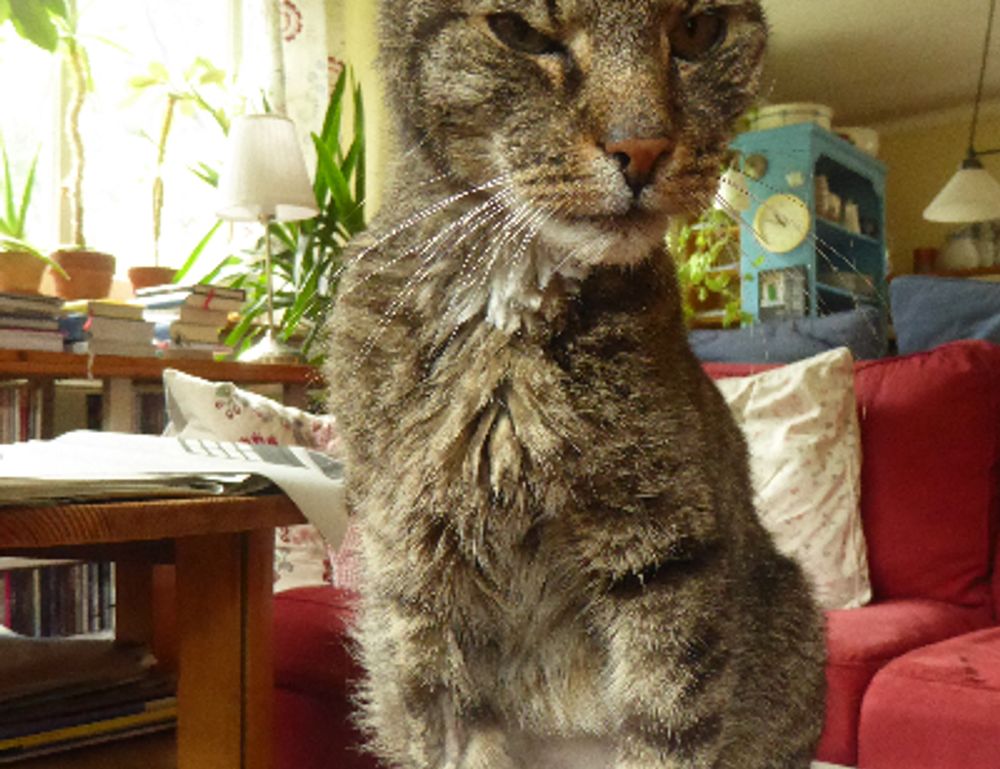The ONTP Approach to Wellness
The name ontpwellness hints at structure and flexibility. It’s not about chasing every new trend—it’s about building a solid routine that adapts to your life. Think minimalism meets performance. Diet, movement, recovery, and mindset work like gears—each one affects the rest.
Functional over fancy. It rejects crash diets and rigid fitness fads in favor of sustainable systems. The goal? Make wellness a natural part of your life, not a program you force for 30 days and forget.
Food: Fuel, Not Entertainment
Most diets fail because they focus on extremes or temporary discipline. Ontpwellness simplifies it: eat real food, mostly plants and proteins, and stay consistent.
Lean protein builds and repairs. Vegetables and fruits bring fiber, vitamins, and antioxidants. Whole carbs, when used right, fuel sustained energy.
Forget perfection. The goal is consistency. If your diet’s 80% solid, that other 20% is room for reallife eating. Pizza on a Friday doesn’t void your entire week.
Hydration? Essential, not optional. Your brain and muscles can’t run on caffeine alone. Keep it simple: water first, always.
Movement: Do What You Can, Every Day
You don’t need to train like an athlete to move like one. Most people don’t have time for 90minute workouts. And they don’t need them. Ontpwellness encourages intelligent movement—a mix of strength, mobility, and short bursts of cardio.
3 strength workouts a week—focused, fullbody, and under 45 minutes. Daily walking—you’re built to move, not sit 10 hours a day. Stretch or do mobility work for 510 minutes every evening. No need to be a yogi, just don’t move like a statue.
The key here is building momentum with minimal friction. No gym? No problem. Bodyweight moves and a resistance band go a long way. It’s about frequency over intensity.
Recovery: Stop Ignoring Sleep
Sleep is the multiplier. Training hard but sleeping 5 hours a night? You’re wasting effort. Ontpwellness treats recovery like a pillar, not a bonus.
Aim for 7–9 hours—no badge of honor for grinding on 4. Track consistency over quantity. A solid bedtime routine beats relying on sleeping in once a week. Cut screens an hour before sleep when you can. Blue light hammers melatonin.
Include downtime in your week too. Even highperformers need nondoing time. Not laziness—just strategic energy conservation.
Mental Fitness: Sharpen the Blade
Mental resilience and emotional energy are as important as physical strength. Burnout doesn’t always come from doing too much—it comes from doing too much without meaning or clarity.
Ontpwellness recommends simple, powerful practices:
Journaling for five minutes a day—clarity starts when thoughts stop swirling. Breathing exercises—box breathing before bed or during stressful moments. Learn to say no. Every “yes” to something mediocre is a “no” to something vital.
Also, don’t neglect connection. Talk to people. Not just texts—actual conversations. Humans are wired for tribe, not isolation.
Habit Stacking: Build a Routine That Doesn’t Fall Apart
Motivation fades. Systems stick. That’s why ontpwellness encourages habit stacking—linking new habits to things you already do.
Examples: After brushing teeth → 5 deep breaths or stretching. During your morning coffee → 1minute journaling or plan your main task. Waiting for dinner to cook → 20 bodyweight squats.
This turns wellness from a chore into autopilot. Why fight friction when you can ride momentum?
The Minimum Effective Dose
Optimization doesn’t mean maximization. The minimum effective dose gets results with the least input. That’s freedom.
Hit 10K steps? Ideal. Only got time for 5K? Still a win. Didn’t meal prep? Pick a protein and add greens—done. Skipped a workout? Walk for 20 minutes. Show up in some way.
It’s never about being perfect. It’s about minimizing the dropoff and recovering the habit loop faster.
Tracking Progress Without Obsession
Data helps—but obsession hurts. Ontpwellness encourages checking metrics without becoming owned by them.
Track what drives behavior and mindset: Did I move today? Did I eat mostly whole foods? Did I sleep 7+ hours? Was I present during downtime?
That’s more useful than obsessing over scale weight or macros down to the gram. Progress isn’t a straight line—it’s a pattern. Learn to recognize it.
Final Thoughts
You don’t need a complete life overhaul to get healthier or stronger. The ontpwellness model flips the switch from “all or nothing” to “always something.”
Start small. Stack wins. Make health simple so you can make it permanent.
